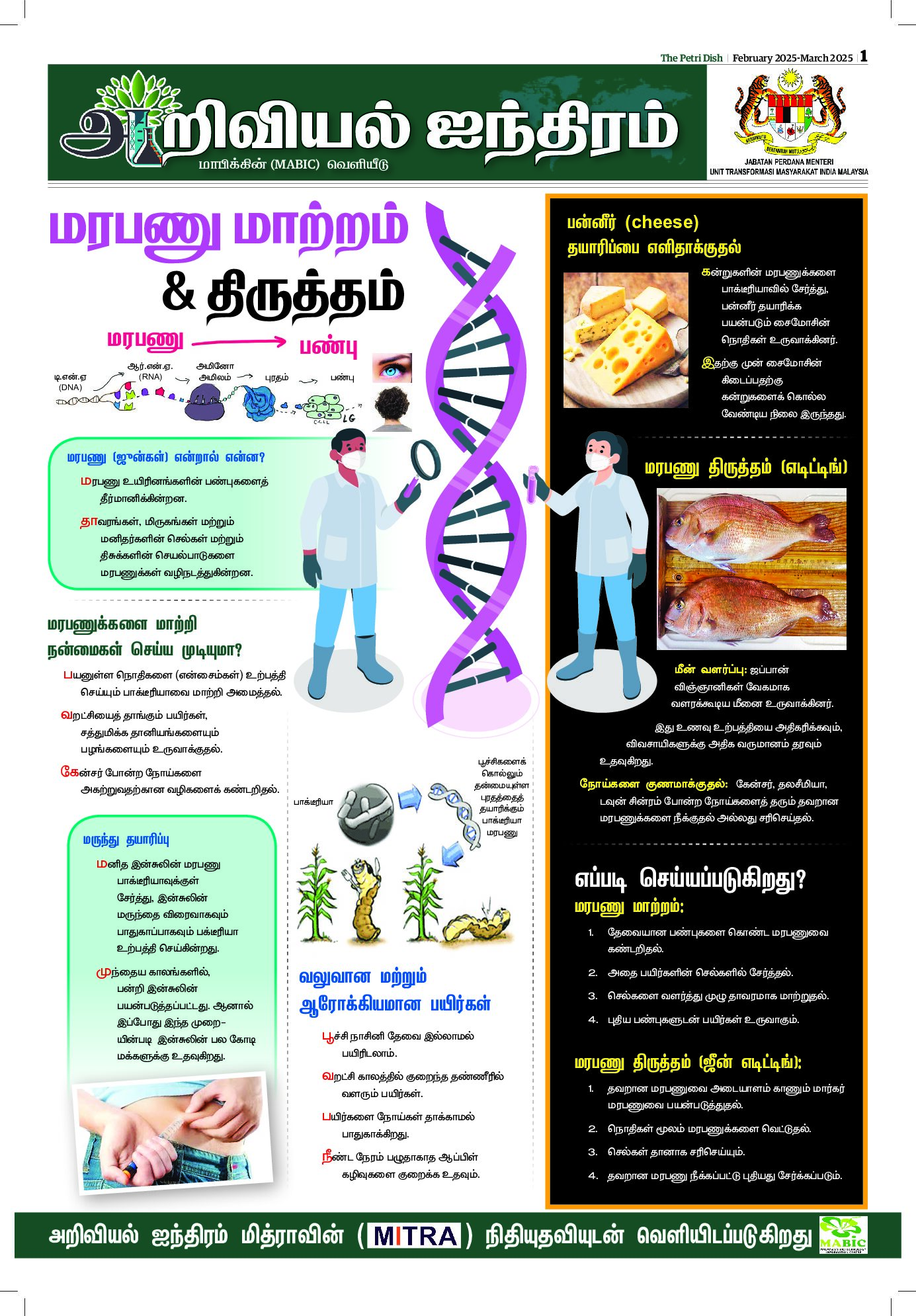
West Africa and the Sahel region in particular have long been prone to droughts and food shortages, and over the past decade, rising insecurity. How is the situation now?
This is a complex region – hit by chronic hunger, insecurity, climate change, the threats of a Desert Locust outbreak, and now the pandemic. Year after year, five out of the ten countries at the bottom of the UN Development Index are in West Africa.
Right now, we are particularly concerned about the humanitarian crisis in Central Sahel – comprised of Burkina Faso, Mali and Niger. Some four million people here are already facing extreme hunger and this could rise to 5.5 million people by August. Just to put it in perspective – by August, in Burkina Faso, over two million people could be facing extreme hunger, and at the worst time – as the lean season sets in and food becomes scarcer. This number is three times higher than last year during the same period.
Across West Africa, as of April, over 11 million people need immediate food assistance – mostly due to conflict. And this number will continue rising, potentially reaching 17 million during the lean season (June- August) if we don’t respond fast.
Many people are not only hungry. They are also uprooted and have lost what they had. The ones I spoke to had the same story – of villages attacked; of family members killed or displaced; of homes or fields destroyed; of animals abandoned or killed.











